If you’re in the market for a new or used Rolex model there are a few models that likely come to mind. After looking over countless articles and video reviews you might have your choices narrowed down to a few specific models like the Rolex Datejust, Date, or Oysterdate. If you’ve come this far, or are still figuring out what you’d like to buy, this article will help point you in the right direction.
When examining luxury timepieces, you are likely to notice that the date function is ubiquitous in Rolex watches. In fact, there are more Rolex watches with date windows than without them. On some Rolex models, such as the GMT-Master, Submariner, Explorer II, and Day-Date, the date window is one component among several features that the watches bring to the table. However, on other Rolex models, such as the Datejust, Date, and Oysterdate, the date feature is central to the watch’s design and functionality (aside from time-telling, of course).
Additionally, because of their overlapping design traits and technical features, this can sometimes cause confusion among certain similar-looking collections. So, if you’re unsure about what the difference is between the Rolex Datejust vs. Date vs. Oysterdate watches, read on to find out more.
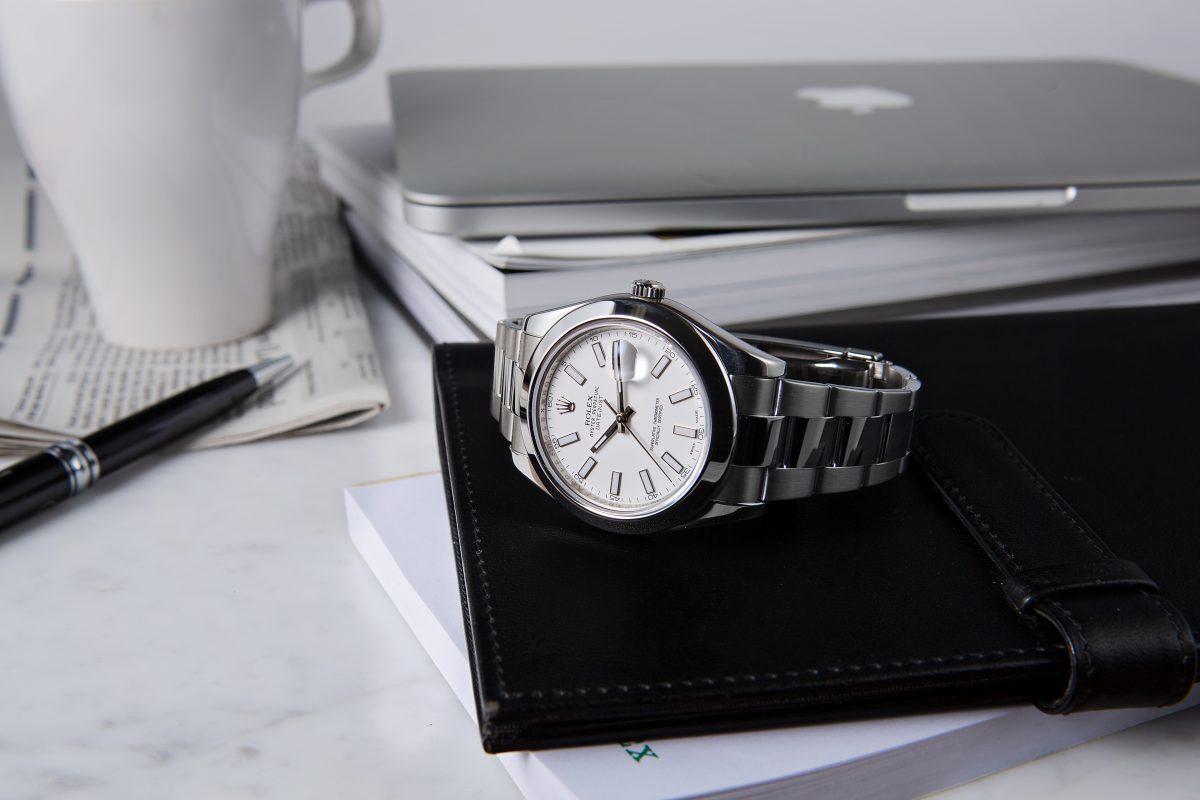
The Rolex Datejust
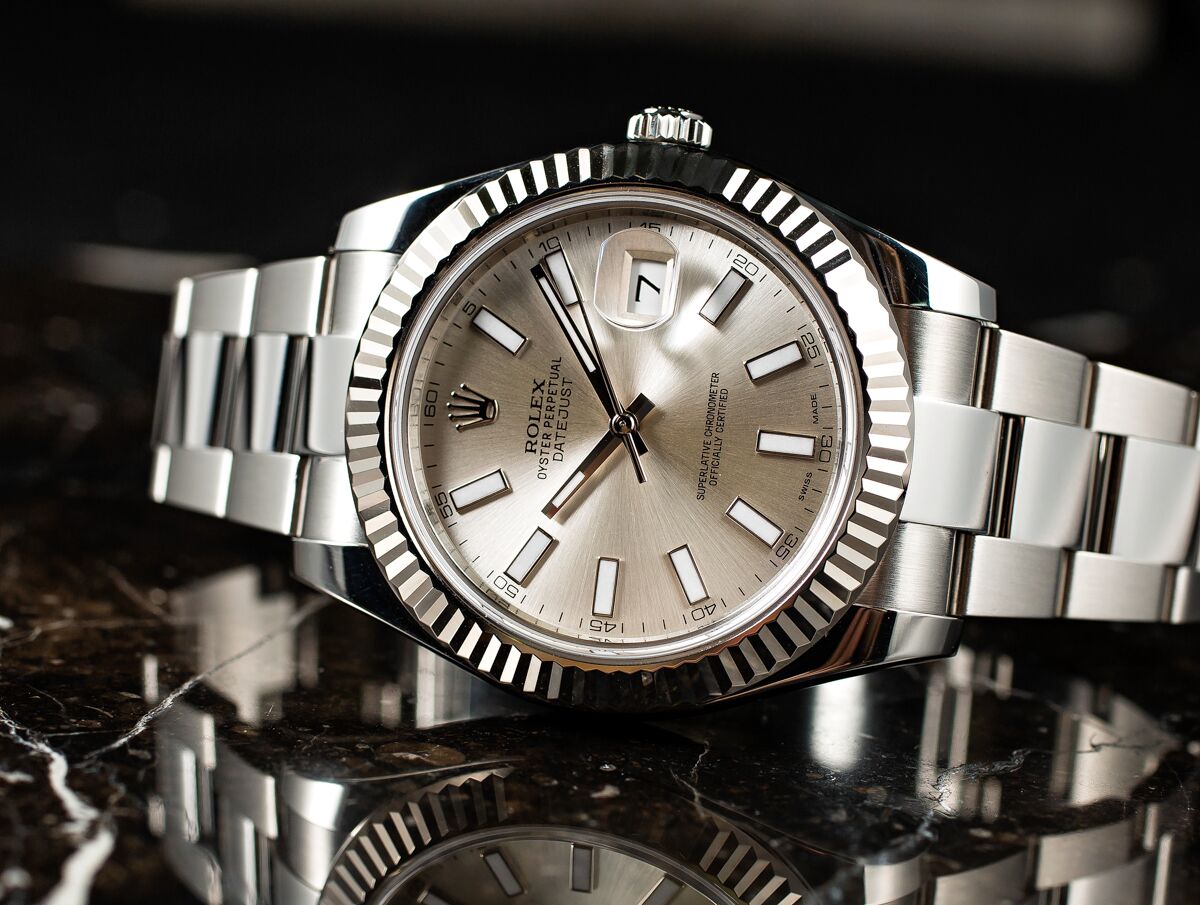
We will start with the most famous of them all: the Rolex Datejust. First introduced in 1945 to celebrate the company’s 40th anniversary, the Datejust was the world’s first automatic chronometer-rated wristwatch to feature a date window on the dial. The Datejust also debuted the aptly named Jubilee bracelet, which is immediately recognized by its five-link structure and has become one of Rolex’s main bracelet styles.
In 1953, Rolex added a magnification lens to the crystal above the date window to improve legibility and called it the Cyclops. A defining characteristic of the Cyclops lens is that it protrudes from the exterior of the glass it sits on; and since its inception, the Cyclops has always accompanied the date window on every Datejust watch.
Although Rolex has made the Datejust in several sizes (26mm, 28mm, 31mm, 36mm, and 41mm), the archetypal version is the one with the 36mm Oyster case. The Datejust 36 is Rolex’s most varied collection, offering an incredible assortment of material, dial, bezel, and bracelet options.
Just like the maiden model, all Rolex Datejust watches run on COSC-certified, self-winding movements – except for the Oysterquartz Datejust references, which belong to an entirely different family of Rolex watches with quartz movements.
The Rolex Oysterdate Precision
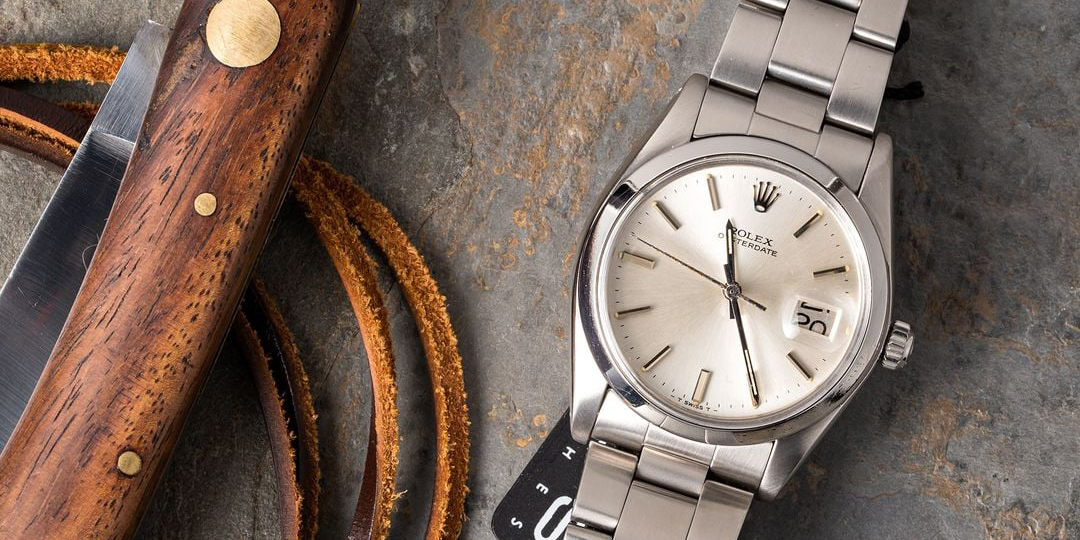
The Rolex Oysterdate isn’t a watch that isn’t necessarily on every watch collector’s radar. This can be a good thing if you’re looking to be a bit unique while still keeping that stylish Rolex look that brand advocates desire. While at first glance the Oysterdate may look like a Rolex Datejust, a closer look will reveal that it is a different watch altogether. Introduced in the 1950s, the Rolex Oysterdate is smaller than the Datejust 36 as it often comes with a 34mm case and sometimes with a 31mm case. Early versions of the Oysterdate do not have a Cyclops lens on the crystal while later references do.
The biggest difference between the Oysterdate and the Datejust lies inside the watch case. The Oysterdate Precision runs on a manually-wound movement instead of the automatic ones that Rolex famously fits to most of their other watch references. Furthermore, the Oysterdate calibers are not COSC-certified, which explains why the dials include the “Precision” label rather than the “Superlative Chronometer Officially Certified” that we often see on other Rolex watches.
Most Oysterdate examples are stainless steel models, however, there are indeed some two-tone versions and full gold editions too. Rolex eventually stopped making the Oysterdate Precision watches in the 1980s.
The Rolex Date
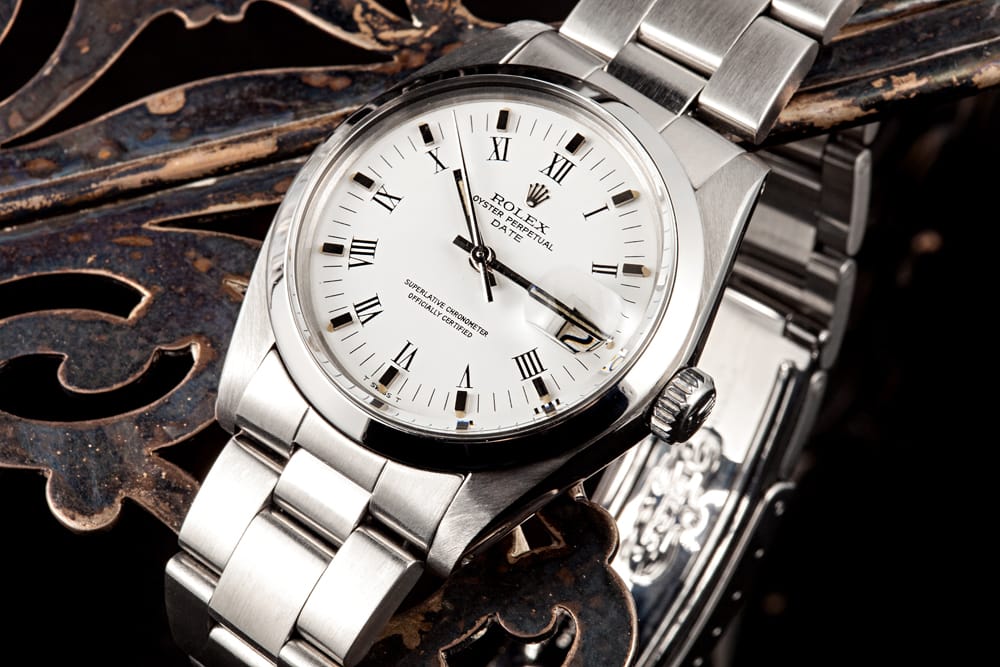
The Rolex Date is most similar to the Datejust in that it features the signature date and Cyclops duo on the face of the watch and it is fitted with an automatic movement inside the case.
Nevertheless, the Date model is slightly smaller than the Datejust with its 34mm case. Today, Rolex makes the Date watch in full stainless steel or in stainless steel with a white gold fluted bezel (and confusingly includes it in the Datejust section of their official website). Yet, if you look to vintage Date references, there are two-tone versions and full gold editions available as well.
In short, the standard Datejust is an automatic watch with a 36mm case, the Date is an automatic watch with a 34mm case, and the Oysterdate is a manually-wound watch with a 34mm case. Do you have a preference among these three Rolex calendar watches?
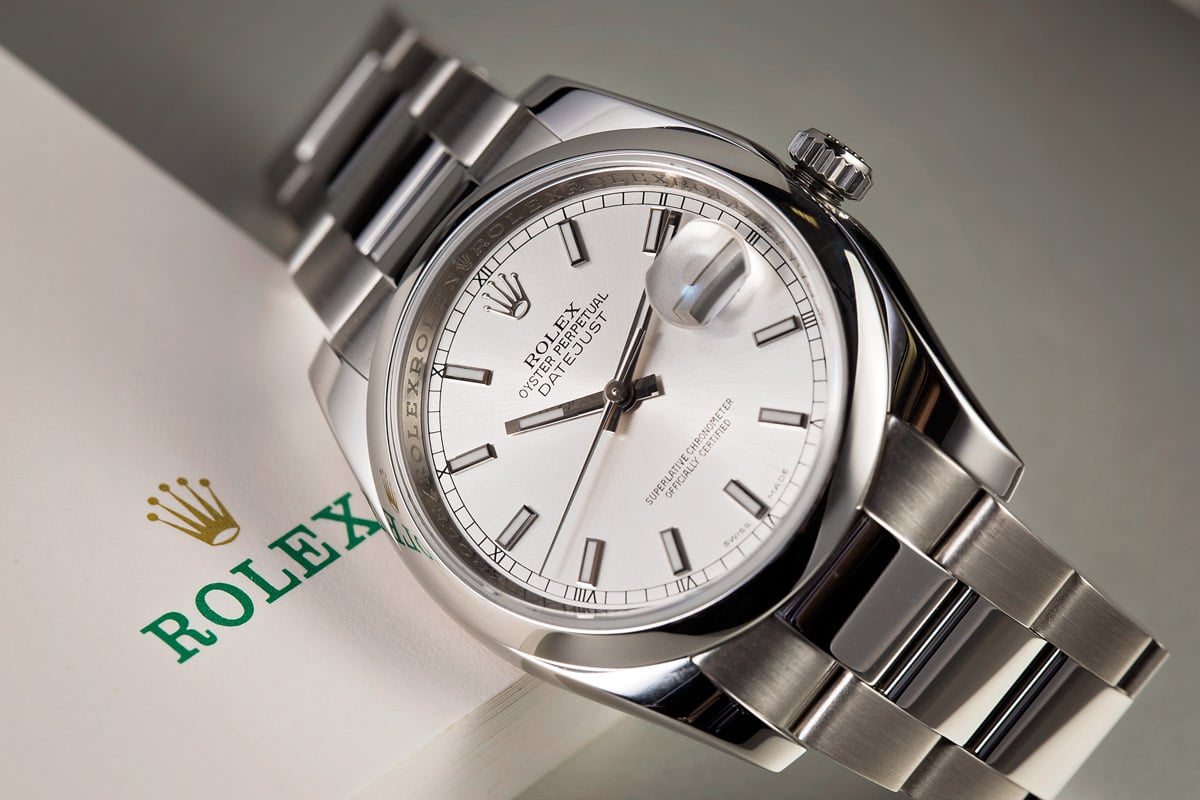
Is there a difference between between Rolex DatE Just and Rolex DatA Just.
The following is the site I saw: (sounds too good to be true) and it goes for $90.00
The “DatA Just” is not a watch manufactured by Rolex. There is the “Date” and “Datejust” – along with the “Oysterdate” and “Day-Date” (among a few others), but “Data Just” isn’t an actual Rolex watch, and it is often just a misnomer for the “Datejust” – which is one of the brand’s most popular and best-selling watches of all time.
Was there a Rolex ca.1960 that bears the marking Rolex- Oysterdate Perpetual? No other marking except for a very small “Swiss” at the bottom edge of the face.
All Rolex Oysterdate watches are manual-wind models, so you will not see the word “Perpetual” anywhere on them (which denotes that the watch is self-winding in Rolex terminology). With that in mind, there are Rolex Oyster Perpetual Date watches, and these are (more-or-less) the automatic winding version of the Oysterdate, but there is actually is no Rolex Oysterdate Perpetual model itself.
Hi,
I am looking to invest in a pre-owned Rolex to celebrate a land mark birthday.
I have fairly slim wrists – what would you recommend?
Thank you
One great thing about Rolex is that it makes an incredibly wide range of sizes and collections such as the Datejust and Oyster Perpetual offer numerous different size options. Older models from these collections can be found with compact 26mm cases, while their modern counterparts have 28mm cases (which still work incredibly well on slender wrists). Additionally, both the Datejust and Oyster Perpetual are available in midsize 31mm cases should you want a slightly larger watch, and all these are still too small, you can opt for the classic full-size 36mm version or even the large 41mm models.
Did Rolex ever make a watch without the day of the week on it?
If not, is it fake?
Thanks for the question. The Rolex Day-Date includes the day of the week. There are a number of no date references such as the Rolex Submariner 14060, which do not include the date window.